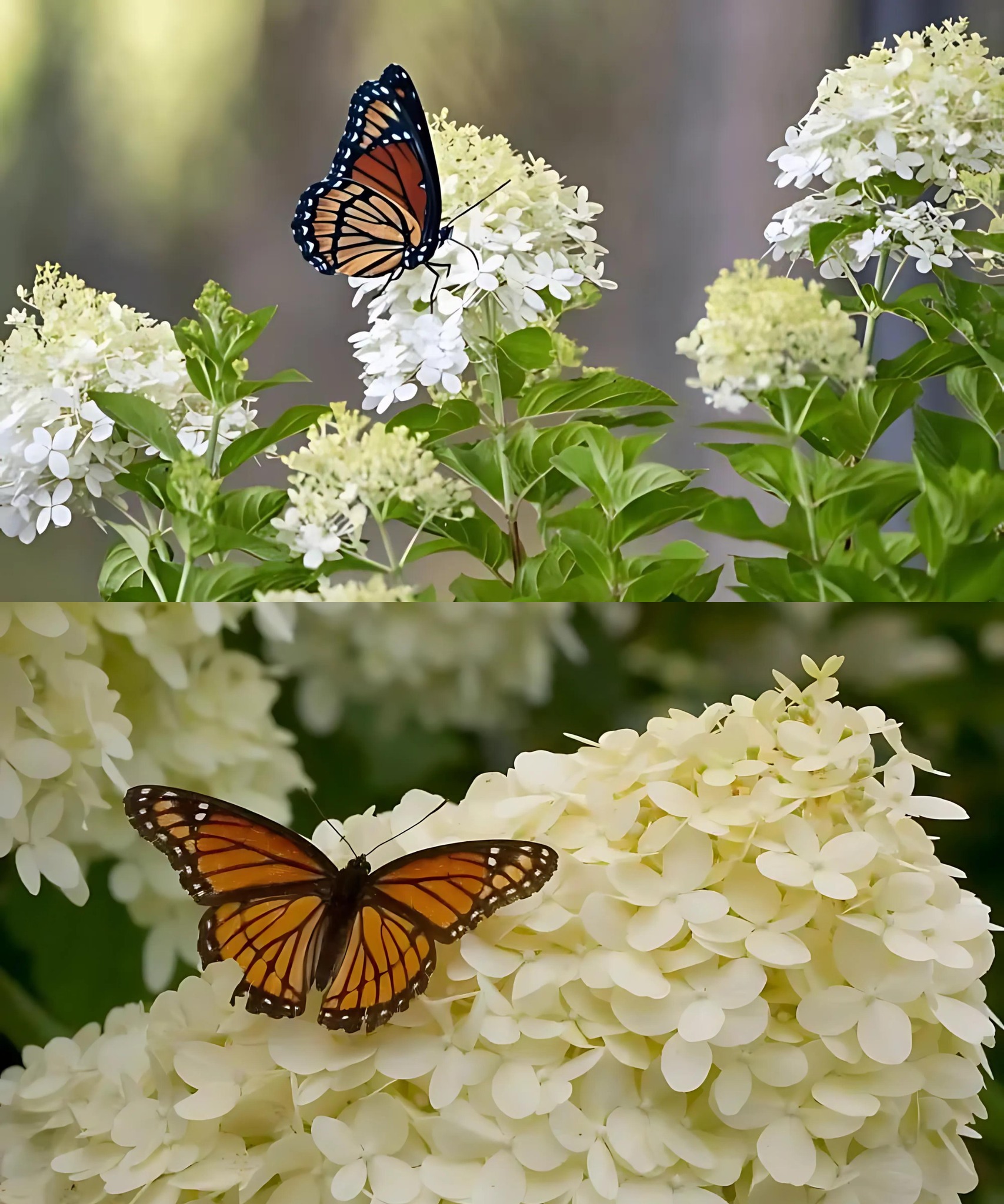ADVERTISEMENT
#### 2. **Prepare the Soil**
Lantanas are fairly low-maintenance when it comes to soil, but they do prefer well-drained, slightly acidic to neutral soil. Make sure the planting area has good drainage to prevent the roots from sitting in water. If your soil is heavy or clay-like, consider adding compost or sand to improve drainage.
#### 3. **Planting Lantanas**
– Dig a hole that is about twice the size of the root ball of your lantana plant.
– Gently remove the plant from its container and place it in the hole, ensuring the top of the root ball is level with the soil surface.
– Fill in the hole with soil and lightly tamp it down to remove air pockets.
– Water the plant thoroughly after planting.
#### 4. **Watering and Fertilizing**
Once established, lantanas are fairly drought-tolerant, but they do appreciate regular watering, especially during dry spells. Be sure not to overwater, as this can lead to root rot. A deep watering once or twice a week is usually sufficient.
Lantanas don’t require much fertilization, but you can apply a balanced, slow-release fertilizer in early spring to encourage strong growth and vibrant blooms. Avoid excessive fertilization, as this can result in fewer flowers.
#### 5. **Pruning and Maintenance**
To keep your lantanas looking their best, prune them back after the blooming season. Trim any dead or overgrown branches, and deadhead spent flowers to encourage new growth. If your lantanas become too leggy, you can trim them back to promote a bushier, more compact shape.
#### 6. **Pest Control**
Lantanas are generally pest-resistant, but they may attract aphids or spider mites in some areas. Keep an eye out for pests and treat them promptly using organic insecticidal soap if needed. The beauty of lantanas is that they are very hardy, so even if they do get some pests, they are likely to bounce back quickly.
### Other Benefits of Lantanas in the Garden
While lantanas are amazing for attracting butterflies, they also offer several other benefits that make them an excellent choice for any garden:
– **Drought-Resistant**: Lantanas are well-suited for dry conditions, which makes them a perfect addition to xeriscapes or drought-tolerant gardens.
– **Low Maintenance**: These plants are relatively low-maintenance once established. They don’t need a lot of attention, making them great for busy gardeners or beginners.
– **Attractive to Other Pollinators**: Beyond butterflies, lantanas also attract bees and hummingbirds, supporting a diverse range of pollinators in your garden.
– **Variety of Colors**: With so many color options, lantanas can brighten up any garden. They are also available in both upright and trailing varieties, allowing you to mix and match depending on your design preferences.
### Final Thoughts
If you’ve been relying on hydrangeas to attract butterflies, it’s time to consider making a change. Lantanas are the perfect alternative—beautiful, butterfly-friendly, and easy to care for. By planting lantanas in your garden, you’ll not only create a stunning visual display but also provide a welcoming haven for butterflies and other pollinators.
So, say goodbye to hydrangeas and let lantanas take center stage in your garden. Their bright, nectar-packed blooms will delight butterflies and create a lively, vibrant garden that’s buzzing with life all season long.
ADVERTISEMENT
